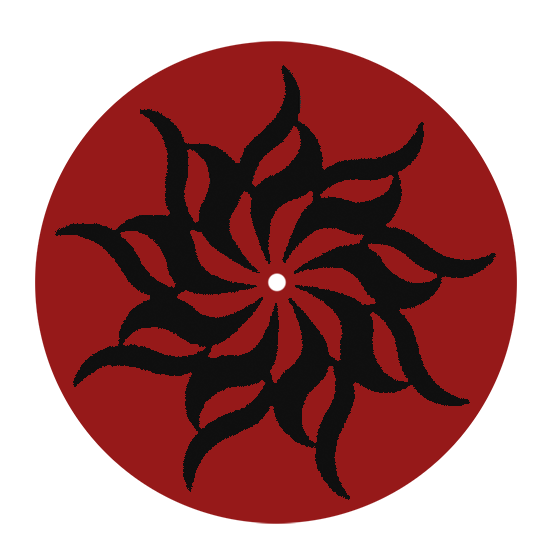How to perform the Caturāṅga Makara Karaṇa and the Ūrdhva Mukha Śvāna Karaṇā in the Navakaraṇa Vinyāsa method.
These are the two units of movement which occur from Caturāṅga Daṇḍāsana to Ūrdhva Mukha Śvānāsana
It is the fundamental transition to maintain both alignment in the posture and also alignment in the vinyāsa. Many students find quite difficult to perform it correctly with proper alignment. This video will help you to have a clear understanding of the transition.
Caturāṅga Daṇḍāsana is performed by
straightening the whole body from head of the heels to bottom of the neck. Make sure you do not arch your spine or raise the hips up to the shoulders feet are perpendicular to the floor pressing on the first line
hands with pressure on first and second line, the third and fourth line are also engaged partially (pls check my other videos for feet and hands grip and alignments). You can look straight ahead (samadṛṣṭi) or at the tips of your nose (nāsāgre dṛṣṭi). With exhalation you enter Caturāṅga Makarāsana
Caturāṅga Makarāsana is performed
while keeping your whole body in a straighten line parallel to the floor and bending the elbows to 90 degree angle. You want to engage fully your core and avoid to strain your shoulders’ joints so do not bend the elbow more than 90 degree. The focus point of your eyes is still the same of the Caturāṅga Daṇḍāsana. As you start the inhalation you enter Utthita Makarāsana
Utthita Makarāsana is performed by rolling the tips of your toes backwards, shifting your body-weight on your arms and dragging the hips forwards. At this time you shift the focus of your eyes between the eyebrows (bhrūmadhye dṛṣṭi ). As your lungs are almost full you enter Ūrdhva Mukha Śvānāsana
Ūrdhva Mukha Śvānāsana is performed by dragging the hips between the forearm and raising the chin upwards towards the sky
the focus gaze remains between the eyebrows (bhrūmadhye dṛṣṭi)
As soon you complete the inhalation you contract the CP muscle and pull the muscles up towards the root of the spine. This called mūla prāṇa-ādhāra-prayoga (engagement of root pranic centre). Do not confuse it with mūla bandha as many partitioner do.
https://www.facebook.com/navakaranavinyasa
www.navakaranavinyasa.com
